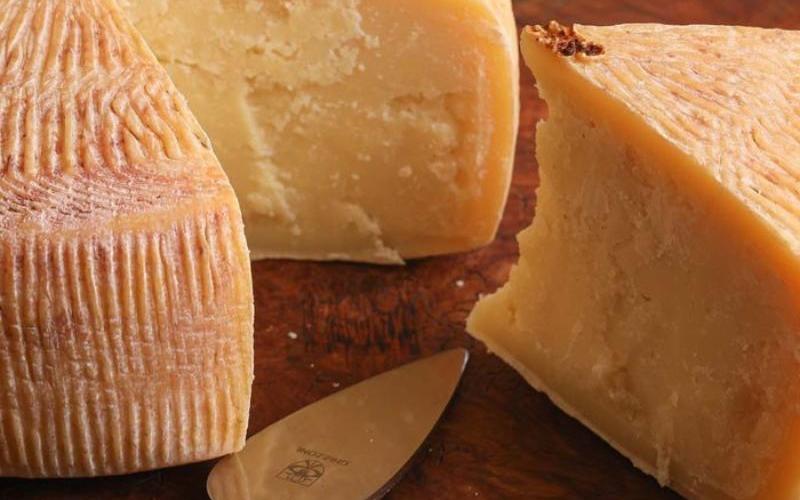Cheese Collapse: CME Belly-Flops Spark Nationwide Margin Alert

Dairy markets faced a sharp downturn, epitomized by a significant 6¢ drop in Cheddar block cheese prices on the CME on October 10, finishing at $1.7000/lb. This sudden decline, coupled with a 3¢ loss in barrel cheese, immediately puts severe pressure on October Class III milk checks. The move was particularly alarming for dairy producers who rely heavily on component value for profitability. The drop was sharp enough to push most farms into the “red zone,” as defined by the tightening milk-to-feed ratio, which is approaching the critical 2.5 line where profitable operations become survivors.
The weakness extended across the Class IV complex, despite a marginal 0.25¢ increase in butter. Butter prices have fallen nearly $0.13 over the week, and the persistent drag of nonfat dry milk (NDM), which settled at a brittle $1.1275/lb, continues to erode Class IV revenues. This downward pressure is exacerbated by surprisingly low trading volumes; analysts noted that the decisive block cheese drop was caused by a single trade, underscoring a thin and volatile market where commercial buyers are scarce and liquidity remains a major concern for processors and analysts alike.
The pricing crisis is occurring even as feed costs offer a sliver of relief, with December corn closing at $4.1350/bu and soy meal at $275.60/ton. However, softening input costs are unable to offset the magnitude of the milk price collapse, making margin erosion control the top priority. The fundamental issue remains oversupply: the latest USDA data showed a 3.2% year-over-year increase in national milk production in August. New processing plants in the Central Plains are struggling to absorb the flow, meaning spot milk remains firmly in a buyer’s market, despite some tick-up in culling rates.
Compounding the domestic supply glut is a challenging international export environment. U.S. dairy products are struggling to compete on the global stage, with European skim milk powder (SMP) undercutting U.S. NDM by approximately 13% (around $0.98/lb versus $1.17/lb). This lack of competitiveness is not helped by the continued strength of the U.S. dollar, which makes American dairy more expensive for global buyers. Consequently, key tenders in Southeast Asia are reportedly bypassing U.S. product, while even traditional anchor markets like Mexico are increasing their domestic production, further complicating export strategies.
With volatility intensifying, industry experts are urging dairy farms to use current forward futures as a risk management signal. While CME futures show a premium for December Class III at $17.38/cwt, producers are strongly advised to secure price protection for early 2026 production now, using tools like Dairy Revenue Protection (DRP) or forward contracts. Regional reports indicate that this proactive approach is essential for preventing rapid widening of the local basis in the Upper Midwest and maintaining a viable profit and loss (P&L) statement amid the ongoing price uncertainty.











